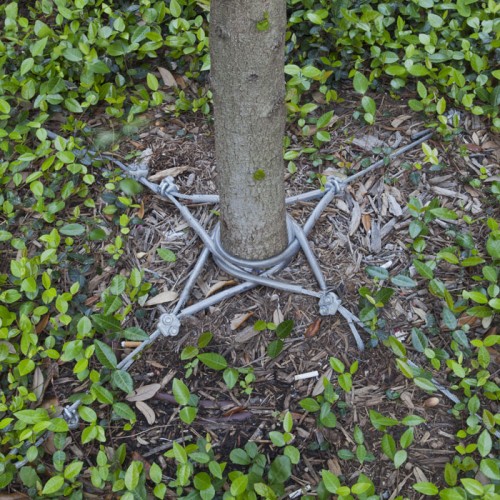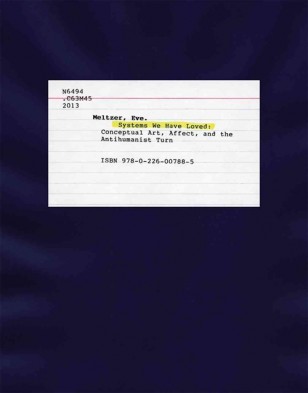Introduction / Issue 20: Ecologies
Visual culture scholars have long asserted that things lead social lives, linking up and separating as they traverse networks. In particular, ideas about the flow of commodities across national, geographical, cultural, and linguistic borders have directed critical attention to how global networks connect previously isolated peoples and cultures.1 But as the interdisciplinary venture of visual culture studies matures, we have begun to ask about the nature of those relations. What is the difference between a network and an ecology? How does each imagine the relation between the systems and its nodes or organisms? On the one hand, when we describe networks, constellations, or ecologies of images, we work to organize the visual world into particular arrangements. Those arrangements harken to earlier epistemologies of taxonomizing and modulating the world into intelligible categories and, significantly, making those categories into objects of knowledge. On the other hand, vital actants challenge the formation and viability of such “objects of knowledge,” pushing back against the will to systematize. This results in novel ways of seeing, knowing, perceiving, and inhabiting that …


